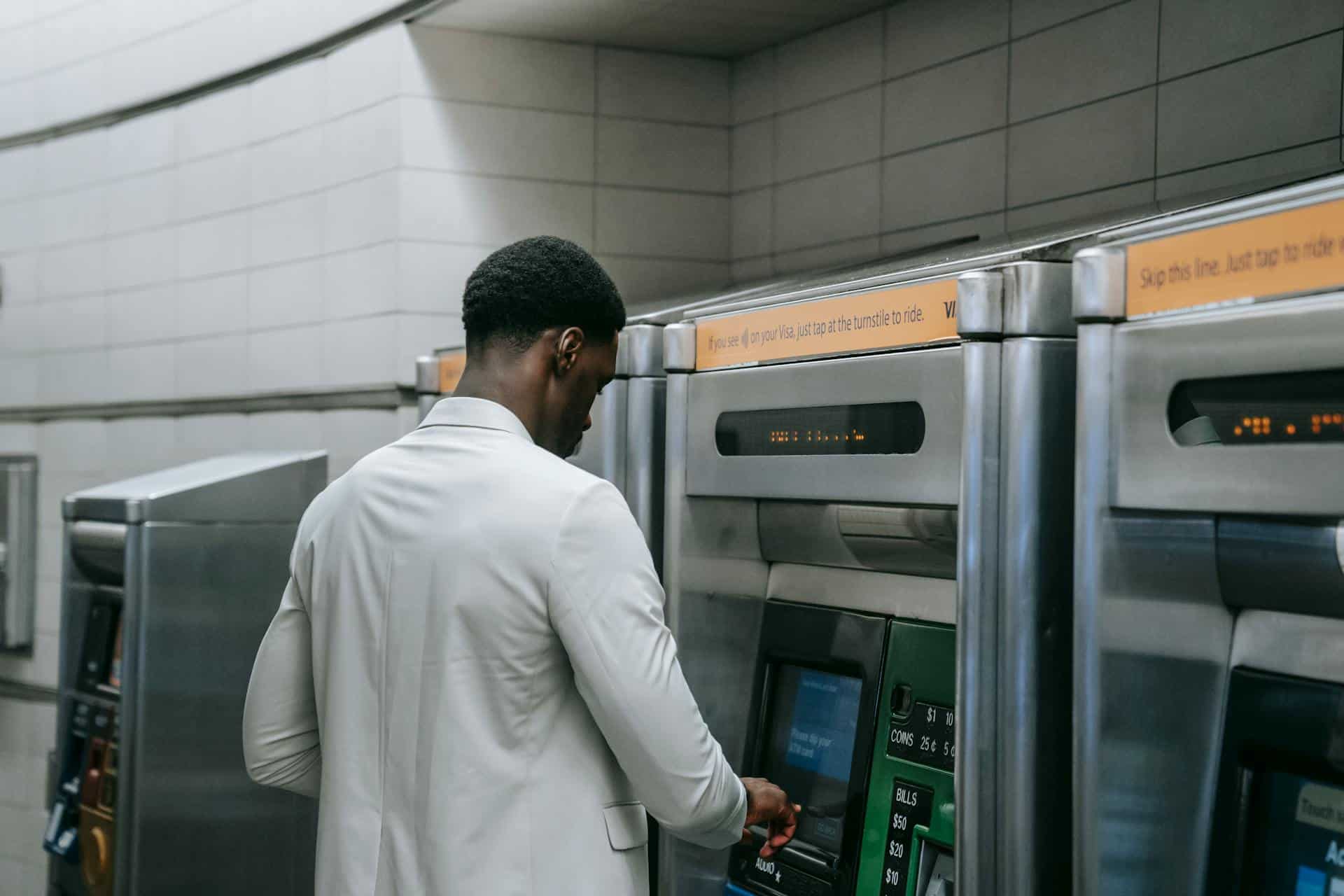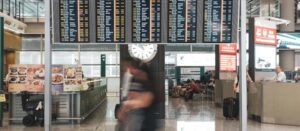Clare insisted on Thursday August 8 that the government was “not intending” a 40% cap, refuting the suggestion first reported by Australian Financial Review the night before the ESOS Bill hearing on August 6.
“What we’re doing is making sure we protect the integrity of the system – and that is important – but also protecting the social licence for the system to continue to operate,” said Clare, adding that international education was an “incredibly important national asset”.
The rumoured 40% cap – based on 2019 student numbers – was discussed at the senate hearings, where Independent Higher Education Australia CEO Peter Hendry warned that such measured would pose an “existential threat” to private institutions that teach predominantly international students and receive no government funding.
Leading economist Richard Holden from UNSW Business School has warned that a dramatic drop in international students could push Australia’s economy into a recession.
According to Holden’s analysis, a return to 2019 international student numbers would cause an $11.6 billion hit to Australia’s economy in 2025, or about 0.5% of gross domestic product.
“That could easily be enough to tip Australia into an actual recession .. It’s not just the tuition fees that international students pay. They pay rent, they spend money on food and entertainment, and they travel,” Holden told the Sydney Morning Herald.
Capping international student enrolments to pre-pandemic levels of 2019 … would cost the nation over $5.3 billion in economic output
Vicki Thomson, Group of Eight
Speakers from across the sector made clear their steadfast rejection of the government’s proposed cap at the senate hearings, highlighting the damaging impact it would have on the Australian economy, job market and reputation as a study destination.
“We very clearly, with no ambiguity, do not support a blunt cap on international students,” said Go8 chief executive Vicki Thomson.
“The Group of Eight estimate that capping international student enrolments to pre-pandemic levels of 2019 for Go8 members against 2023 post-pandemic enrolment figures would cost the nation over $5.3bn in economic output and over 22,500 jobs in the economy,” she added.
Clare said that he would have “more to say about the levels that will be set” in parliament in the next few weeks.
The second day of senate hearings, which was initially scheduled for August 7, has reportedly been rearranged for August 26 – when more sector stakeholders will weigh in on the debate.
Criticisms of the government’s international education policy have intensified since the hearing on August 6, with ITECA chief executive Troy Williams claiming that the government was “drowning in its own baseless rhetoric”.
Williams said that the government was risking the livelihood of more than 30,000 Australians, and a growing number of voices are arguing that existing policies will do enough to reduce migration without the government imposing a hard cap.
From July 1, the government more than doubled the cost of international student visas, shortened the temporary graduate visa, and made it impossible to move from a visitor visa to a student visa while onshore in Australia.
These changes came on top of the government increasing the savings required for international students to gain a student visa, announced in May 2024.




